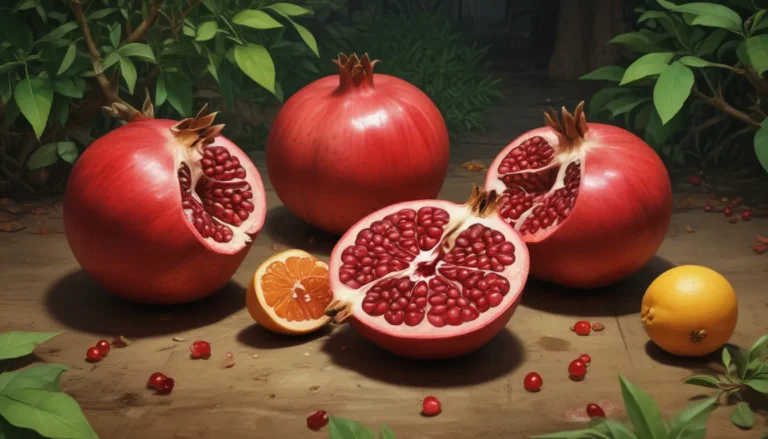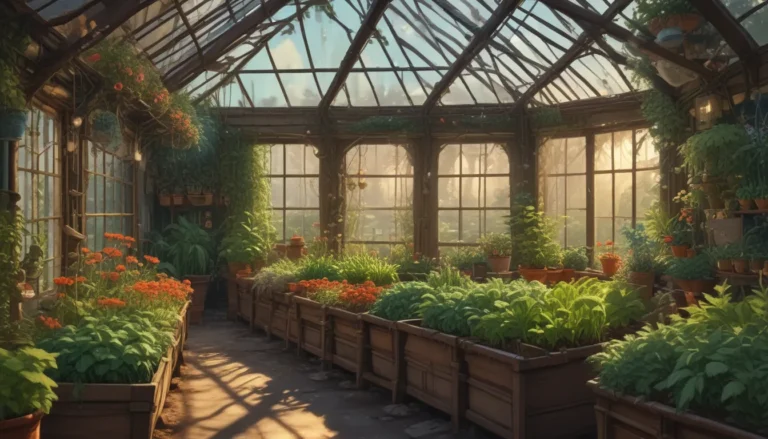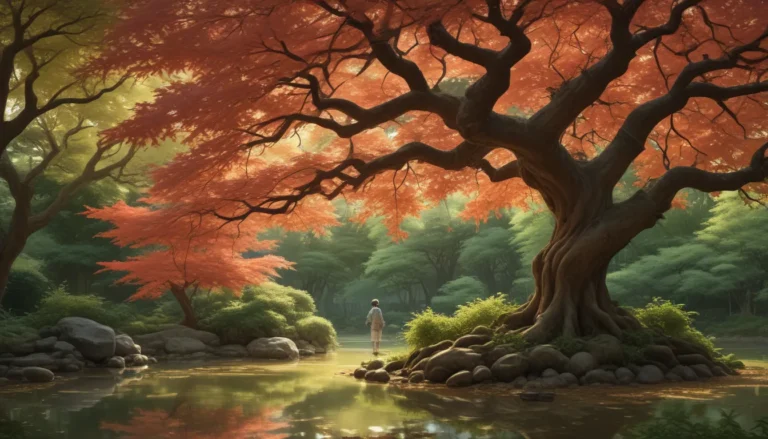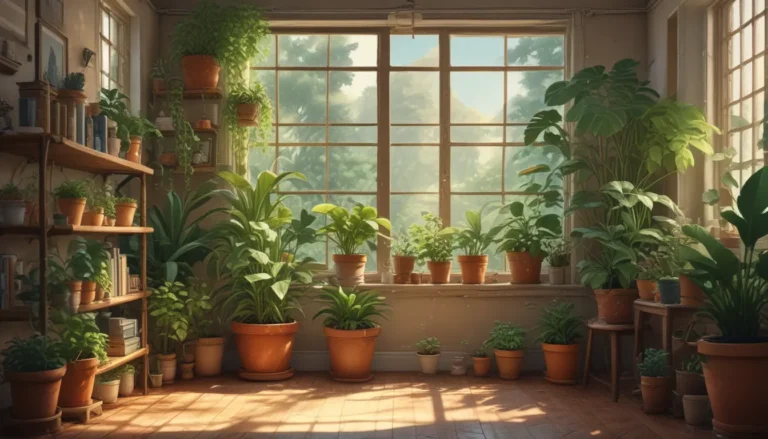Ultimate Guide: Best Plants to Thrive Under Black Walnut Trees
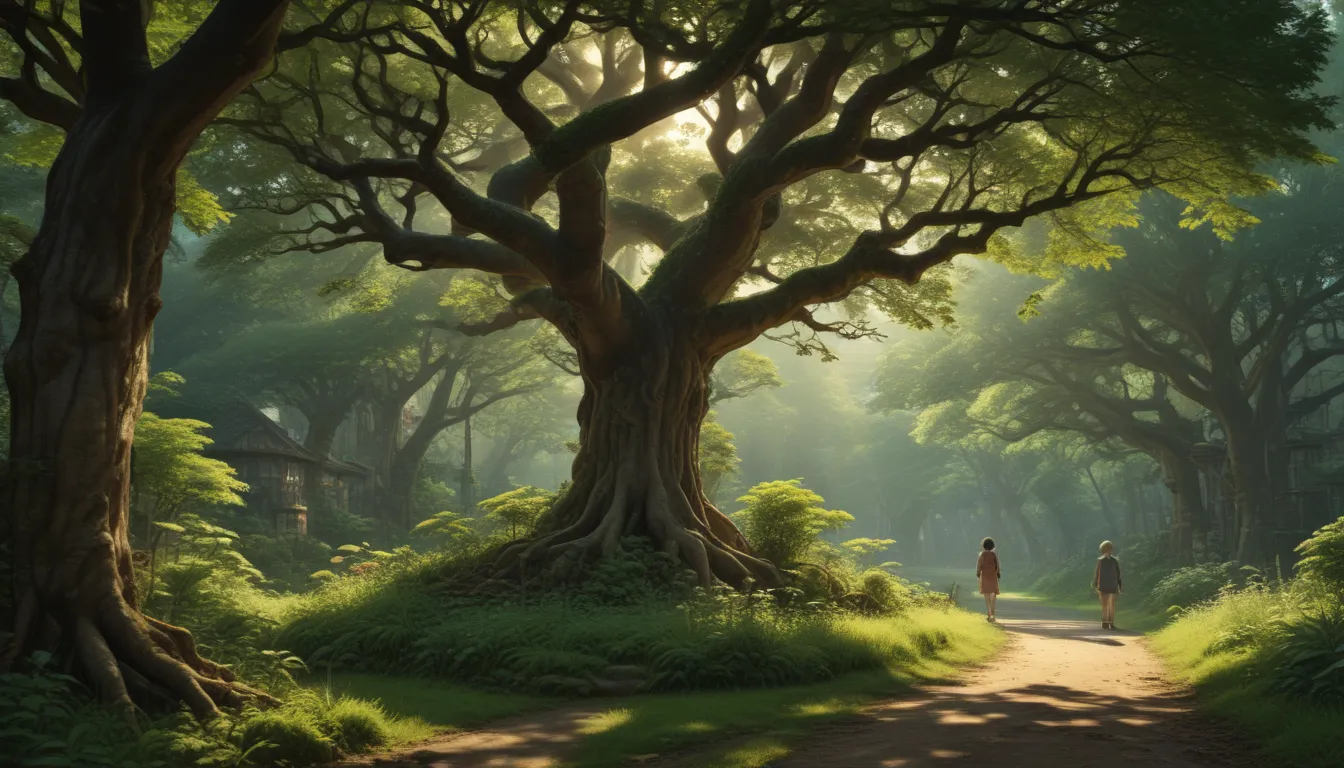
Black walnut trees (Juglans nigra) display a majestic presence in gardens, towering up to 75 to 100 feet high. These trees offer diverse attributes such as edible nuts, valuable wood for furniture, and a cozy shade for humans and wildlife.
However, they also present a challenge for gardeners due to the juglone chemical they produce that affects certain plants negatively. Selecting the right plants that can thrive in the presence of black walnut trees is key to garden success.
In this comprehensive guide, we’ll explore a variety of plant options, including ground covers, flowering perennials, ornamental trees, vines, vegetables, and more, that can make your gardening experience under black walnut trees a seamless one.
Understanding Black Walnut Trees and Juglone Toxicity
Before we delve into our list of plant recommendations, it’s crucial to understand the impact of black walnut trees and their allelopathic chemical, juglone. These trees can survive up to 250 years in the same location, establishing extensive feeder root systems in the soil.
Planting near mature black walnut trees poses certain risks, including sensitivity to juglone in some plants. Consider planting flowers and edibles that can tolerate the shade and dry conditions near the base of black walnut trees.
By being cautious about root disturbance and planting appropriate species, you can mitigate the effects of juglone toxicity in your garden.
Perennial Ground Covers
Ground covers play a vital role in stabilizing soil, preventing erosion, and promoting pollination while adding visual appeal to your garden. Here are some resilient ground cover options for planting under black walnut trees:
1. Cranesbill Geranium
- Features mounded foliage and pink and purple blooms.
- Low maintenance and suitable for USDA Zones 3 to 9.
- Consider ‘New Hampshire Purple’ for a unique bloom color.
2. Creeping Phlox
- Spreads up to two feet wide with a variety of bloom colors.
- Ideal for Zones 3 to 9.
- Try ‘Emerald Blue’ for a vibrant blue flower display.
3. Ostrich Fern
- Shade-loving fern with frilly textured fronds.
- Suitable for Zones 3 to 7.
- Offers edible fiddleheads in spring.
4. Sweet Woodruff
- Forms a dense mat of green foliage and clusters of white flowers.
- Thrives in USDA Zones 4 to 9.
- Known for its sweet scent when dried.
Flowering Perennials
Perennial flowers add color, sustainability, and soil-building benefits to your garden. Consider the following options for flowering perennials under black walnut trees:
5. Bee Balm
- Aromatic herbaceous perennial with unique flowers attracting bees and butterflies.
- Prone to powdery mildew, suitable for Zones 3 to 9.
- Explore ‘Balmy Purple’ for vivid magenta blooms.
6. Black-Eyed Susan
- Cheerful flowers resembling daisies in bright yellow to orange shades.
- Winter hardy in Zones 3 to 7 and drought tolerant.
- ‘Glitters Like Gold’ offers long-lasting blooms.
7. Coneflower
- Native to the US with large, daisy-like flowers in various colors.
- Easygoing and dependable in Zones 3 to 8.
- Look for vibrant hybrids like ‘Crazy Pink™ Echinacea.’
8. Hosta
- Rhizomatous, clump-forming perennials with bell-like flowers and distinct foliage.
- Suitable for Zones 3 to 8 and ideal for shady locations.
- Consider ‘Blue Angel’ for textured blue-green leaves.
9. Tulip
- Represents the essence of spring with colorful and varied flower shapes.
- Plant in groupings for stunning displays in spring.
- Explore ‘La Belle Epoque Bright Mix’ for romantic colors.
Stay tuned for more plant recommendations in the section “Annual Flowers” in the next section.


